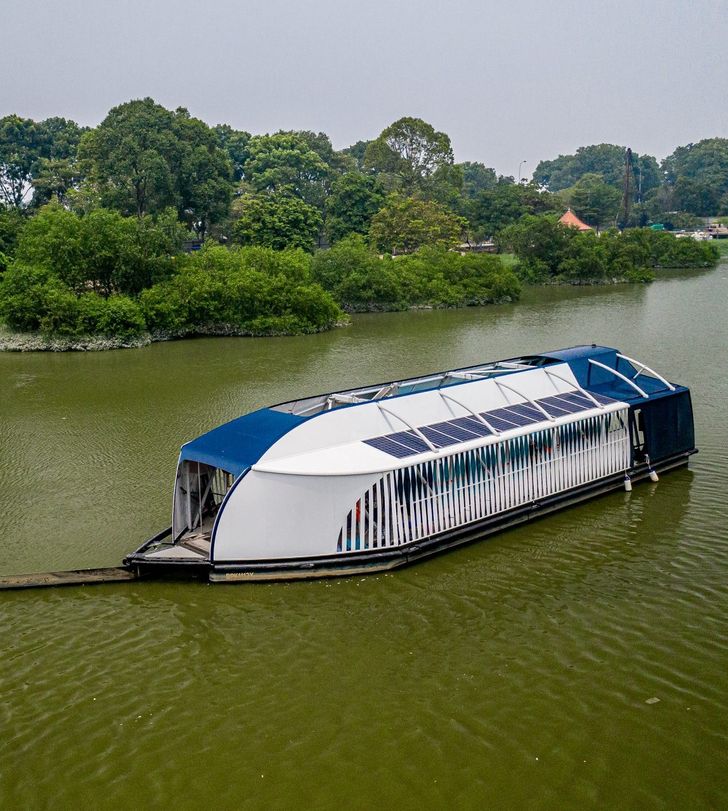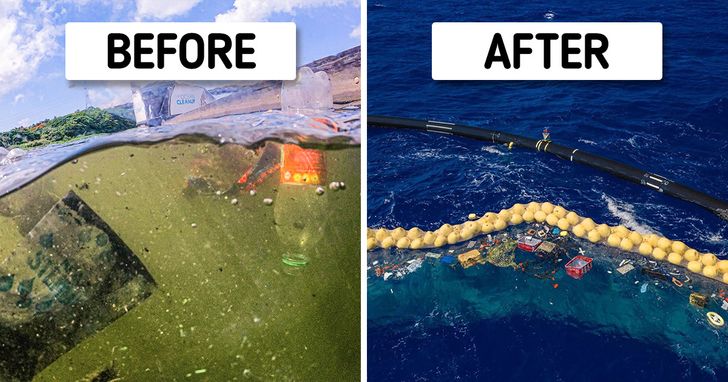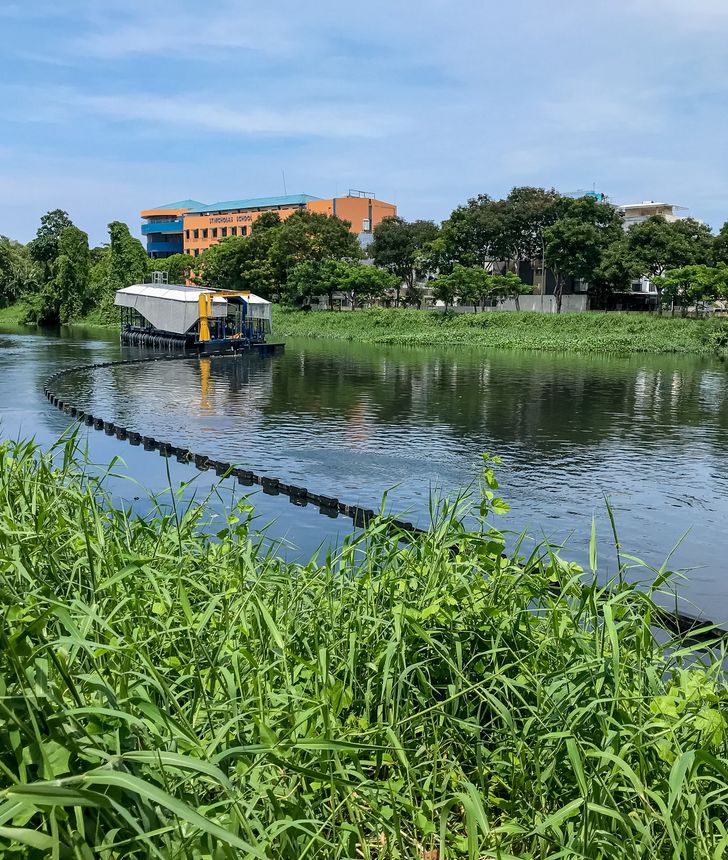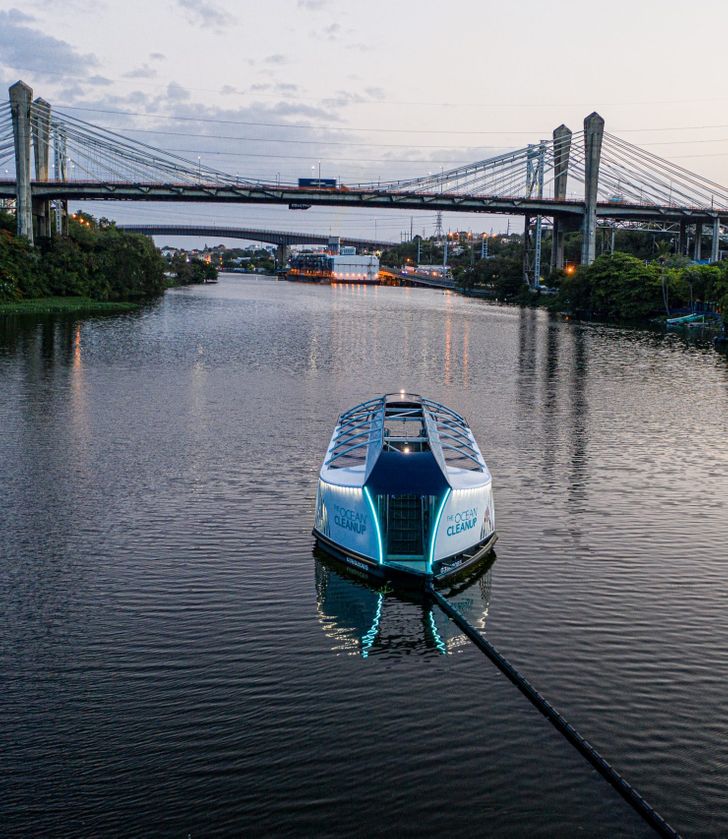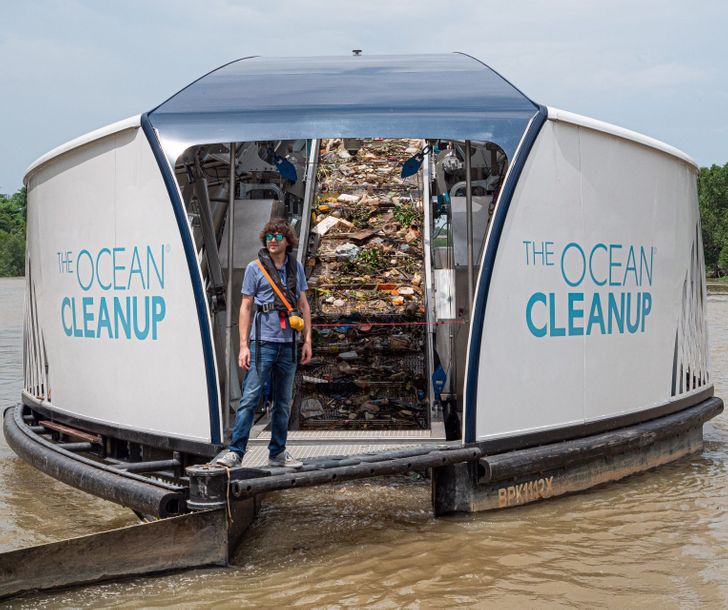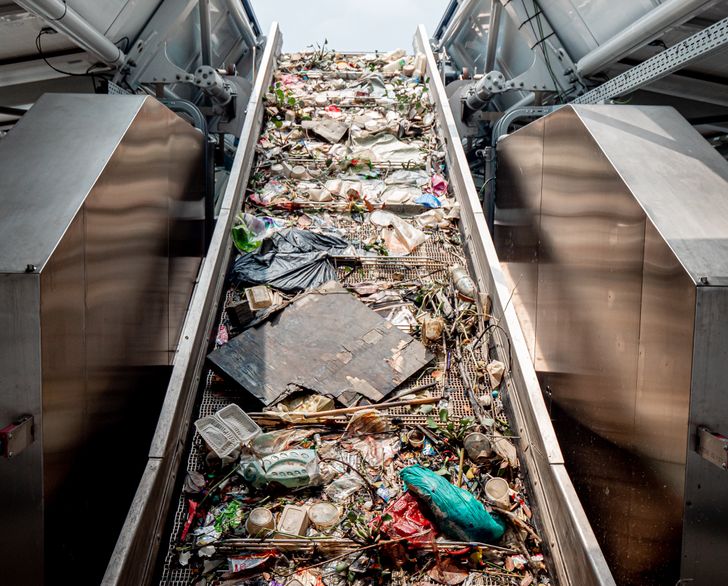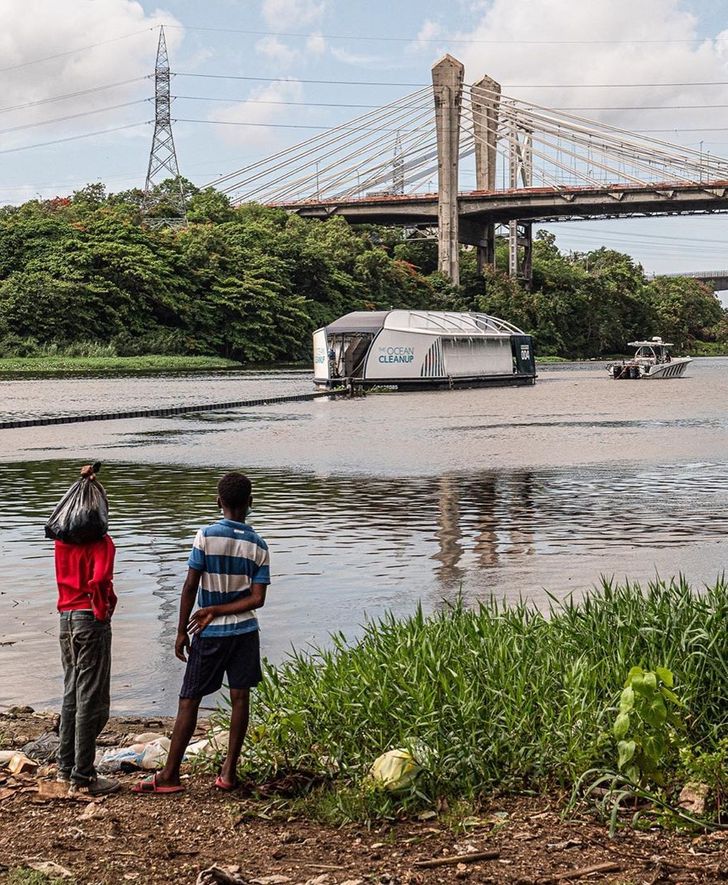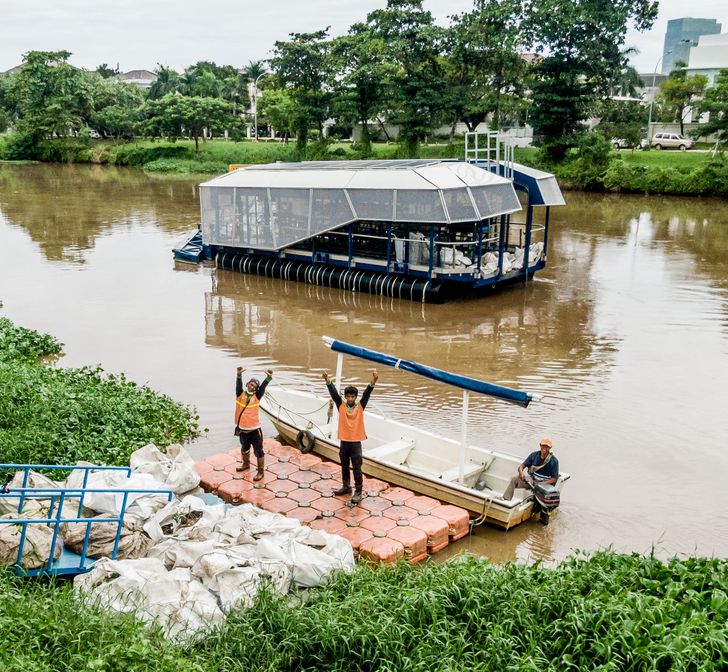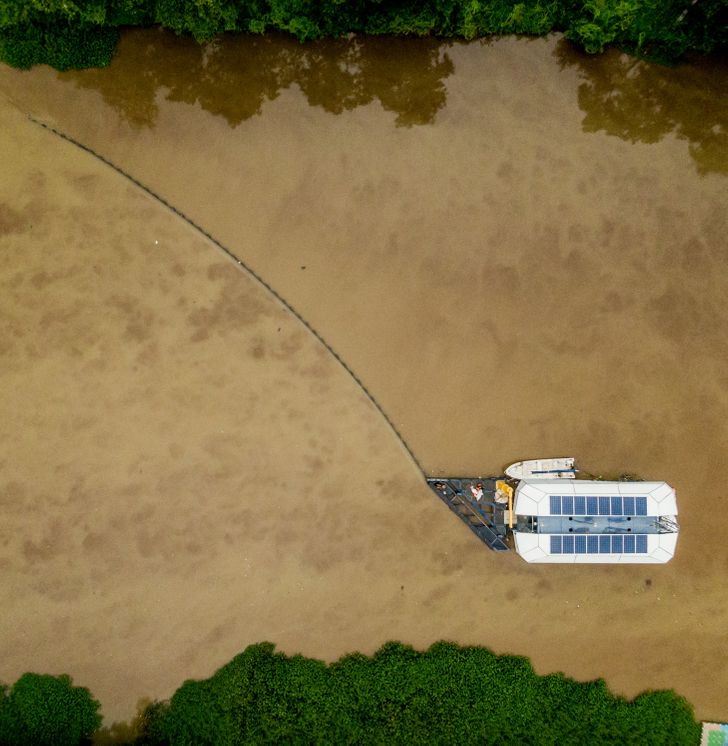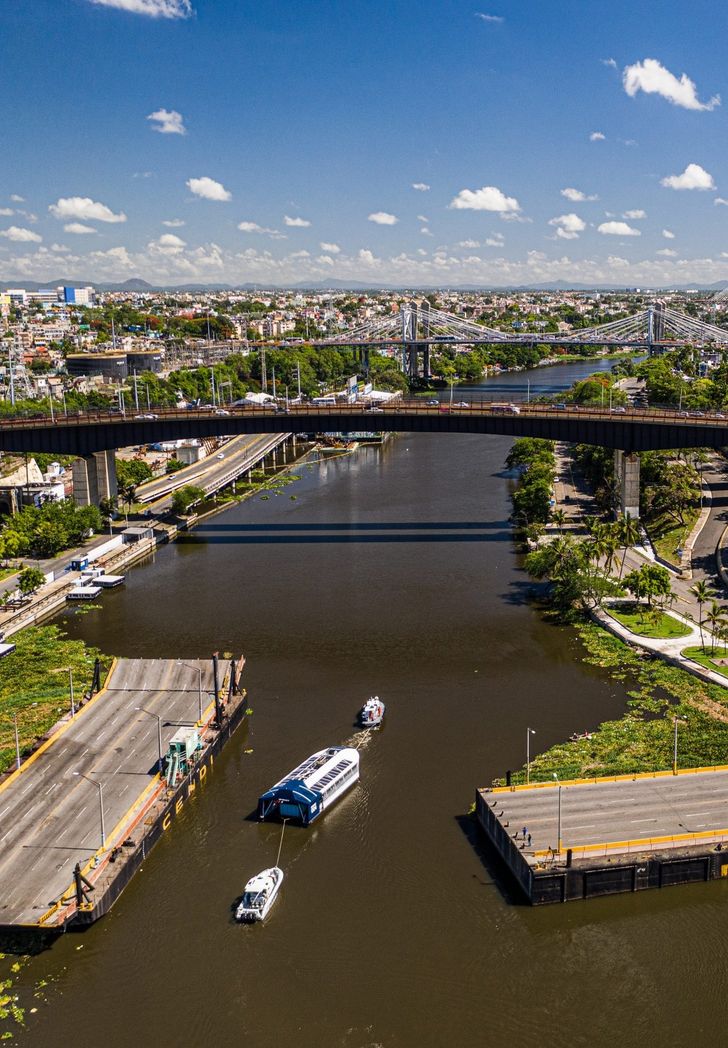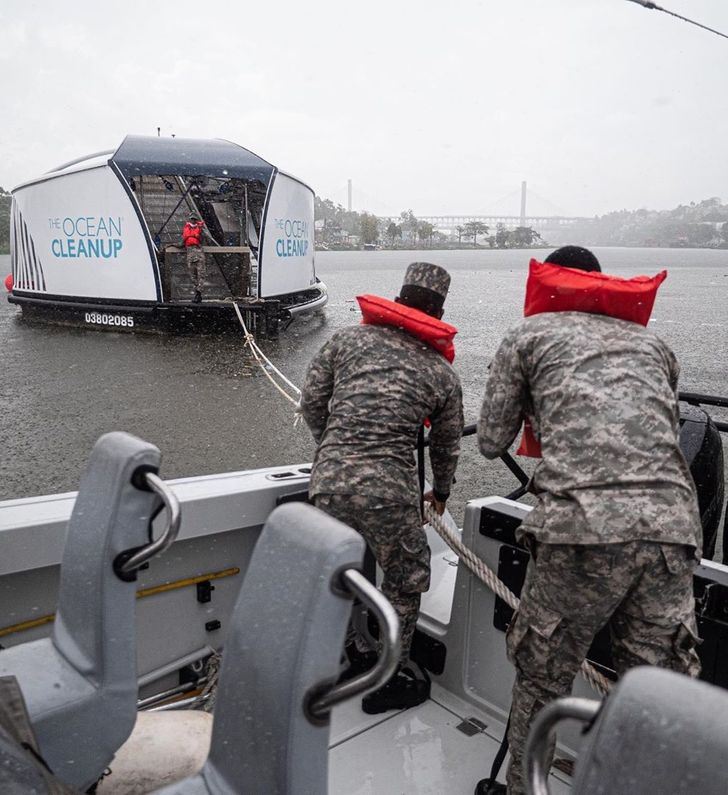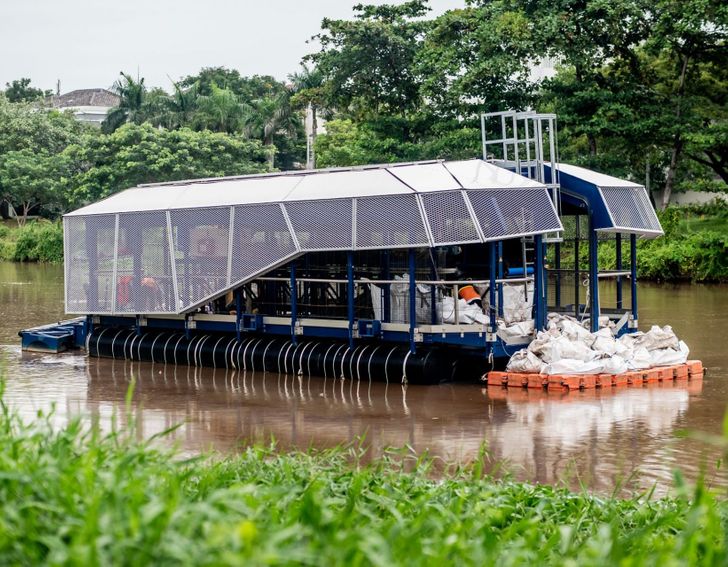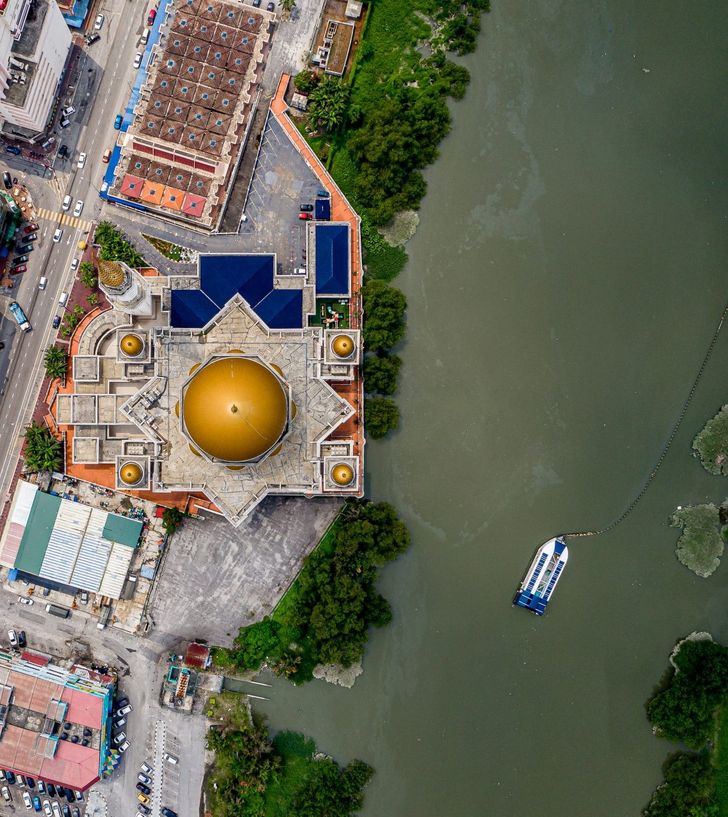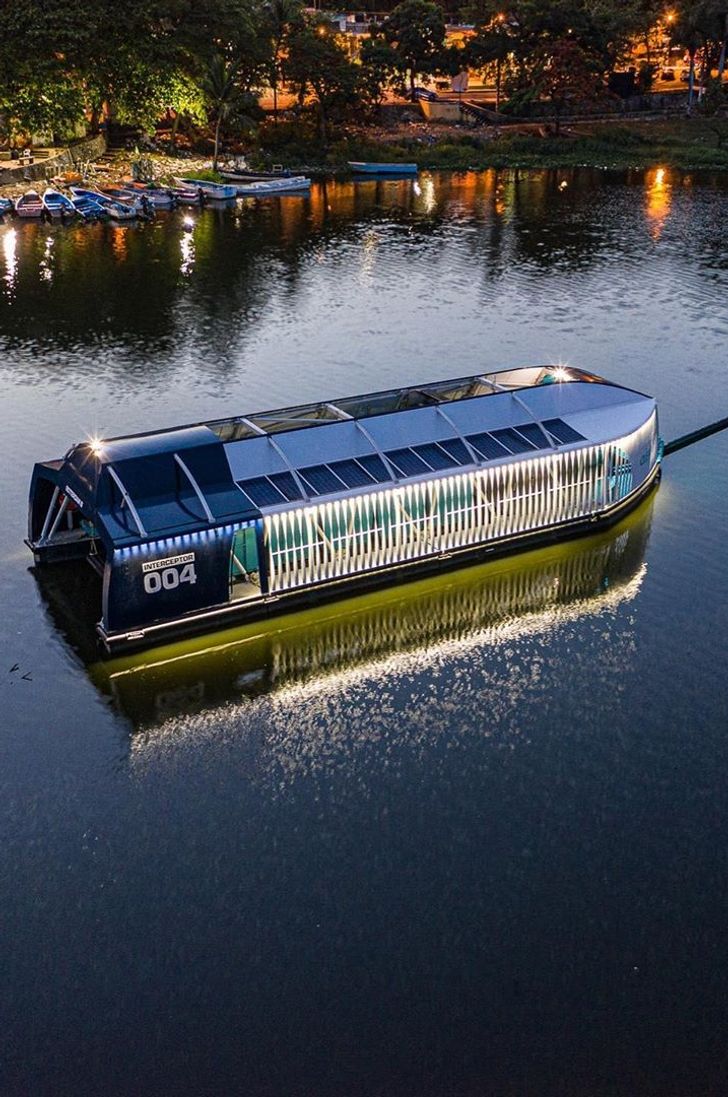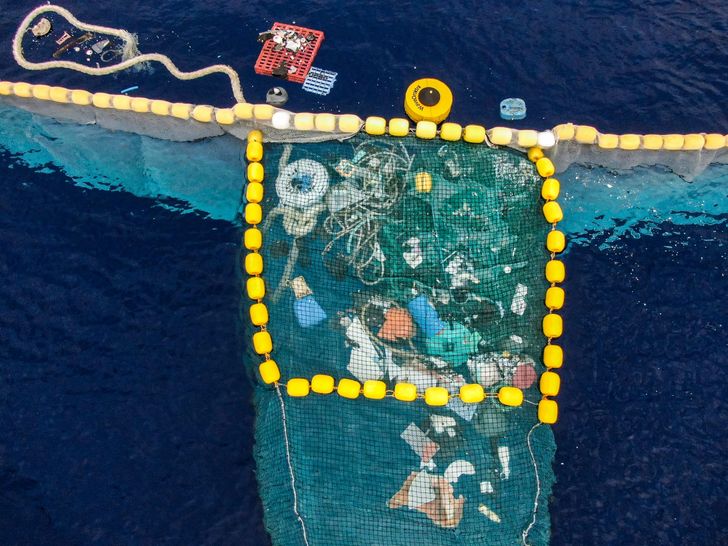Brilliant
Rivers Can Finally Become Free of Trash, and the Oceans Are Thankful for It
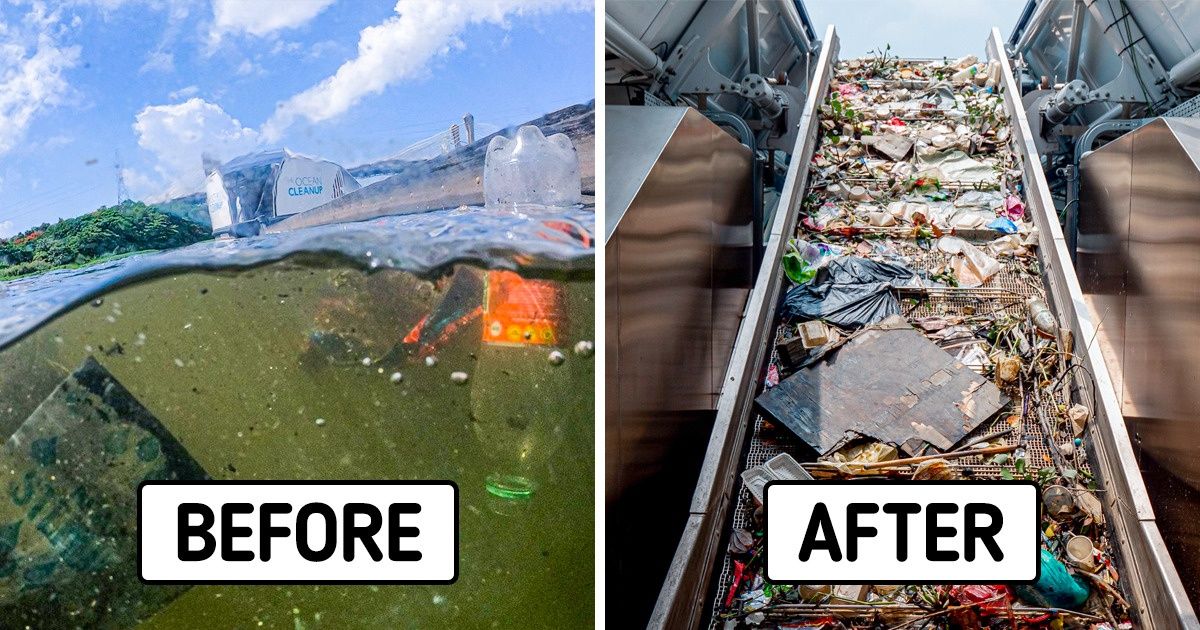
Some of you are already familiar with Boyan Slat and his dream-project for ridding the ocean of pollution once and for all. Together with his team, Boyan has been fighting the Great Pacific garbage patch for 2 years, collecting plastic pieces even as tiny as one millimeter. Fortunately, he and his team didn’t stop there.
They came up with something they call the Interceptor, an autonomous cleaning system for rivers that is placed in the hull of an electric boat.
Bright Side salutes both environmentalism and innovation, so we want to acquaint you with this modern-day hero.
River waste leads to ocean pollution.
The story begins with Dutch non-profit startup The Ocean Cleanup, taking on the mission to, well, clean up the ocean. The Ocean Cleanup already installed a giant pipe named Wilson to tidy up the seas, and now they’ve developed a sister-system for rivers — the Interceptor.
Rivers are the arteries that carry pollution from people to the ocean. According to their research, 80% of river plastic comes from over 1,000 rivers. So, it’s important to not only clean up the trash that’s already there but to also prevent new waste from entering the ocean in the first place. It’s needed to close the tap.
How the boat works
The Interceptor collects plastic waste from rivers before it can reach the sea. In fact, it works as a fishing trawler: the boat drags these net-like floating barriers, that are attached to the river bed.
The barrier “fishes” out the plastic and guides it toward the conveyor belt in the center of the boat. The conveyor then seeps the water from the debris and delivers trash up to a shuttle, which drops it into containers below. All of the collected rubbish is then recycled at local waste management facilities.
Safe and efficient
The beautiful thing about the Interceptor is that it’s 100% solar-powered, collects the trash with the help of the river’s natural currents, and doesn’t need human operators. Thanks to its lithium-ion batteries, the boat can run 24 hours a day, 7 days a week, and can collect 50,000 kilograms of trash per day, without noise or fumes.
The Ocean Cleanup also developed a smart placement technique: the Interceptor occupies only half of the river’s breadth, allowing the other boats and water wildlife to maneuver around the barrier. No pressure, outside of the river’s flow, also ensures that no fish will get into the conveyer belt.
These boats are already operating all over the world.
The Ocean Cleanup aims to set Interceptors in thousands of the world’s most polluted rivers within 5 years. 2 Interceptors are already working in Indonesia and Malaysia, where in Kuala Lumpur there is one of the 50 most polluted rivers in the world. A third one will soon be deployed in Vietnam, and a fourth — in the Dominican Republic.
A first generation Interceptor in Cengkareng Drain, Indonesia
The second Interceptor in the Klang River, Malaysia
The latest Interceptor in Rio Ozama, Dominican Republic
Hopefully, more and more people will become interested in this and other similar initiatives. On May 7th, The Ocean Cleanup was awarded funds to fight the most polluted waterway in Jamaica, while people all over the world are asking how they can contribute to the project. The answer is simple: if we stop throwing trash away everywhere, there’ll be no need for special boats to clean it up.
What do you think about this invention? And what do you do to reduce the amount of waste in your life?
Comments
brilliant idea 💡.
Related Reads
I Refused to Choose Which Grandchildren to Love

13 Quiet Acts of Kindness That Turned Ordinary People Into Superhumans

My DIL Excluded Me From Gender Reveal Party, Saying I’m "Not Family"—Big Mistake

12 People Who Still Chose Kindness Even When the World Turned Cold

I Let My MIL Join Our Family Trip—And It Turned Into Chaos

My Boss Tried to Ruin My Christmas Plans—I Got the Last Laugh

10 Moments When Kindness Was the Ultimate Power Move

I Refuse to Let My Father’s Secret Love Child Steal My Inheritance

18 Stories That Prove a Cleaner’s Job Is About More Than Just Dusting

I Refuse to Beg for Time With My Grandson

My Coworker Reports Everyone to HR to Get Bonuses—So I Turned the Tables

15+ Mothers-in-Law Who Can Turn an Ordinary Day Into a Comedy Show

